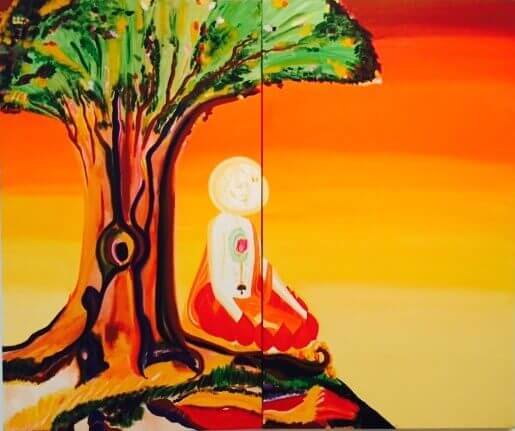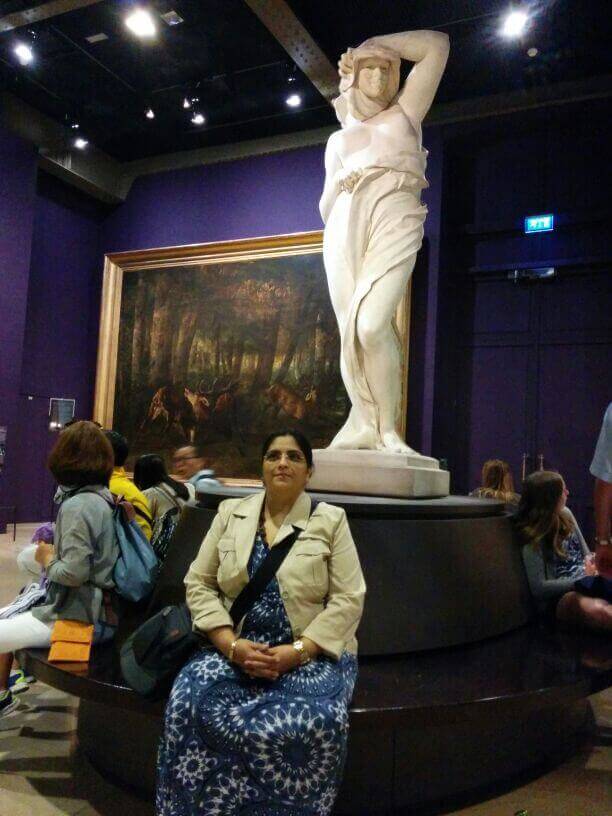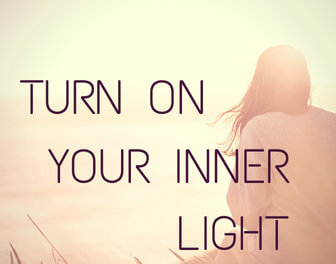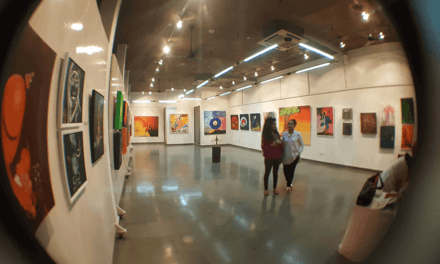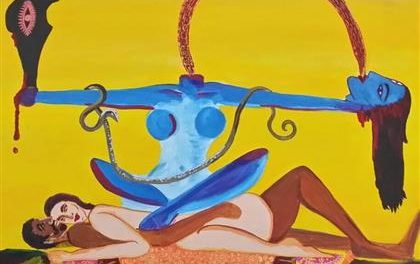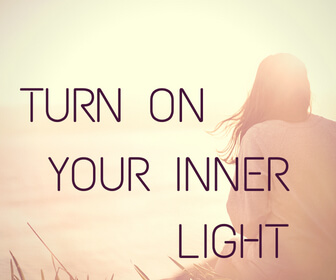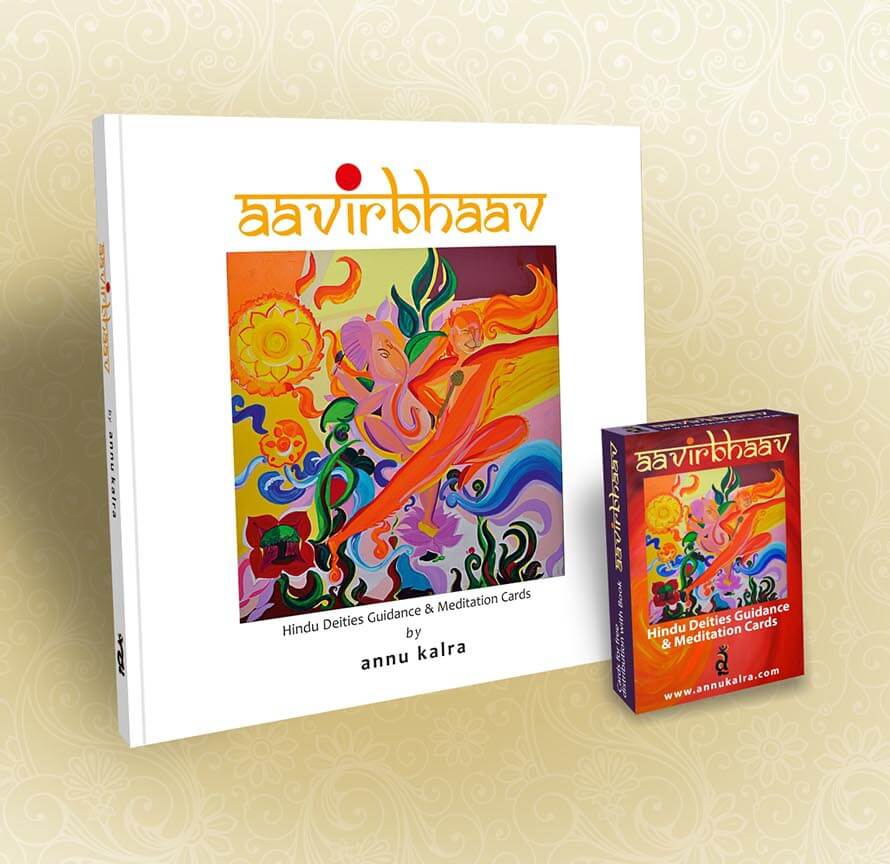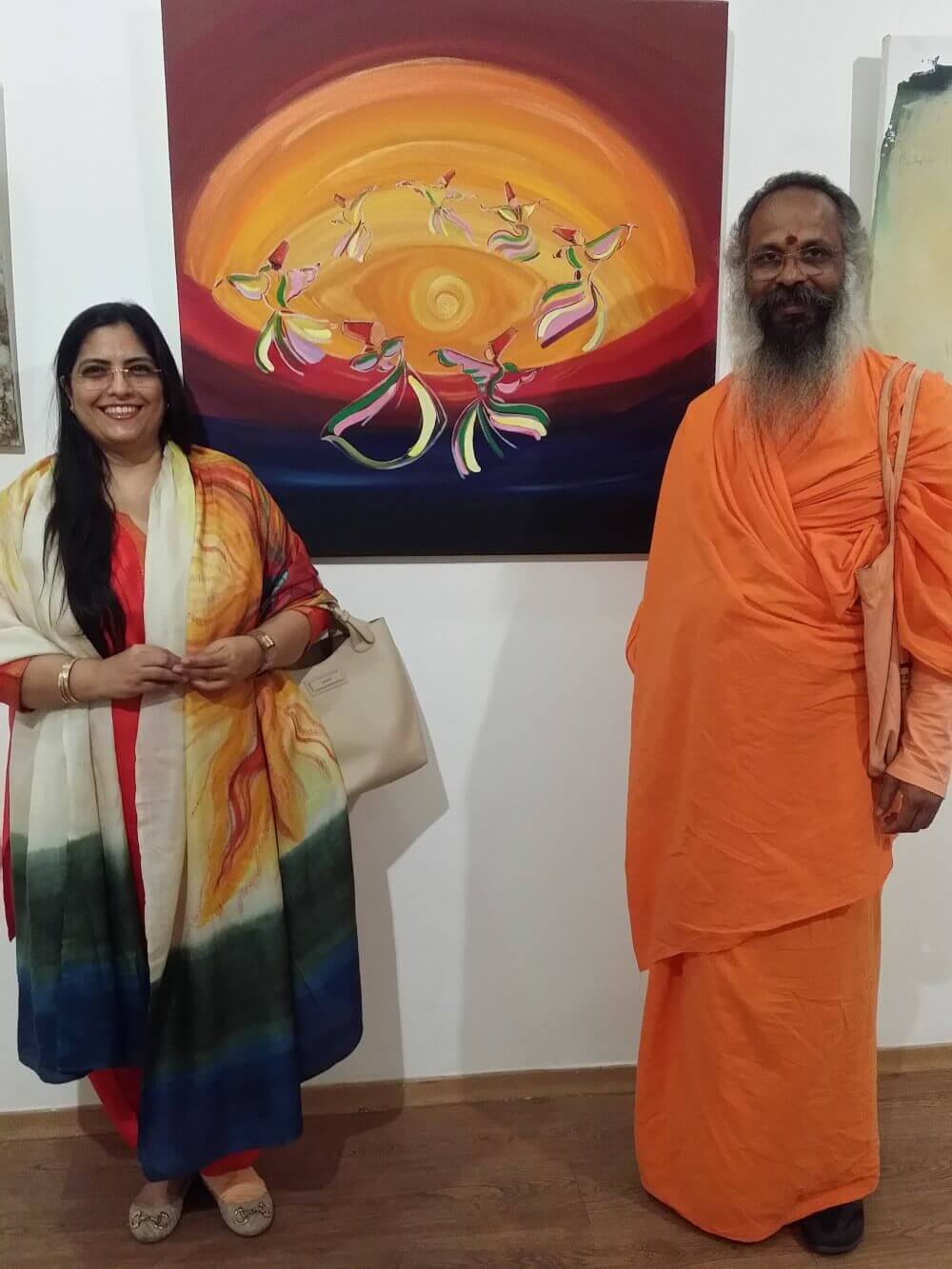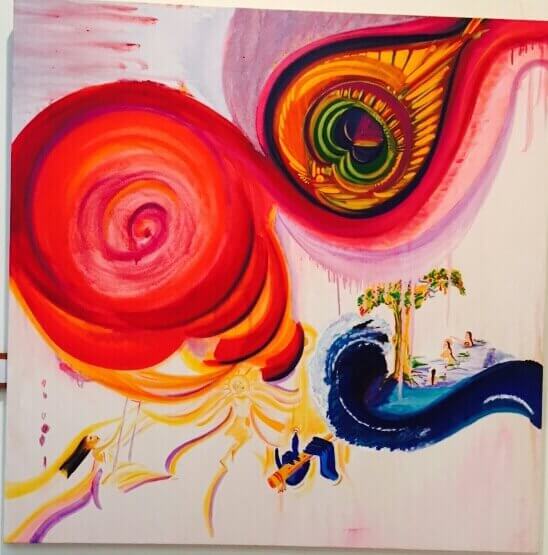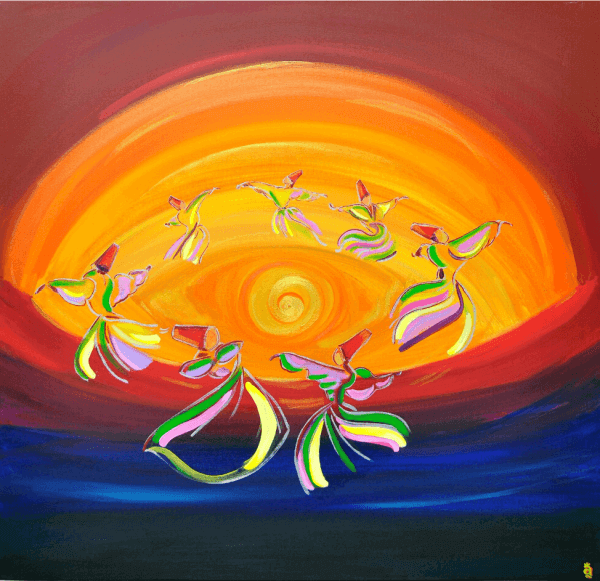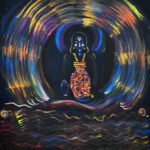Is there another personification of peace as inspiring as the Buddha, wonders artist ANNU KALRA…
Buddhism has often baffled me. Buddhists do not believe in the existence of any eternal soul, yet there are Jataka kathas about the previous lives of Gautama the Buddha, both in human as well as animal forms. Many a lessons have I learnt in childhood from reading those tales; lessons in compassion, in responsibility, and in many other finer emotions. But as a grown-up exploring the realm of various religions, I was told by self-proclaimed Buddhists that they do not believe in the concept of an eternal soul. Then what was it that manifested in those many lives? And who will come again as Maitreya, supposedly the next avatar of the Buddha?
Like many other questions, these too dissolved as my quest deepened; these supposed contradictions too be-came inconsequential. Just as I derived and developed my own interpretations of the many myths, stories and rituals from the era gone by, I made peace with my under-standing of the Buddha too.
I literally made ‘peace’, because to me that is what he signified. Is there another personification as inspiring of peace as this beautiful being? Peace that never got stirred or disturbed, and also made peaceful every energy that came in contact with it, no matter how violent their initial state. Whether it was about converting the dacoit, Angulimal, into a monk, or not reacting to an irritable villager, stories about Gautama the Buddha are replete with incidents, where his peace transforms the most unlikely characters.
As a spiritually-inspired artist delving into iconography and visual representations of various gods, deities and different religious motifs, I observed how peace-inducing the prevalent image of the Buddha is. While the representation of him, just as the Bodhi tree with vacant space from earlier times, felt most meaningful and resonated most with my concept of an enlightened being, I learnt to love his form with exquisite features and beautiful limbs too. I experienced its capacity to transform an agitated mind into one of equanimity and peace. Such a glorious form to meditate upon.
I worked hard to project his beautiful state onto myself, gradually moving from head to toe, the arch of the closed eyes, the soft lingering smile, the relaxed drooping ear lobes, the back straight yet relaxed and the hands placed comfortably in the lap. His is a perfect meditative posture with the capacity to take us to the same peace that he experienced.
Is it a surprise that the day he was born, the day he attained enlightenment, and the day he left his mortal body were the same? If you and I were to attain that eternal peace in the now, would it matter when the physical form was born, or when this body is discarded?
And what of his statement that he would not enter the gates of heaven until each and everyone had been enlightened? Which is this heaven that would have a gate, and who would it admit?
But then, when abiding peace is experienced, will these questions remain?
In surrender

